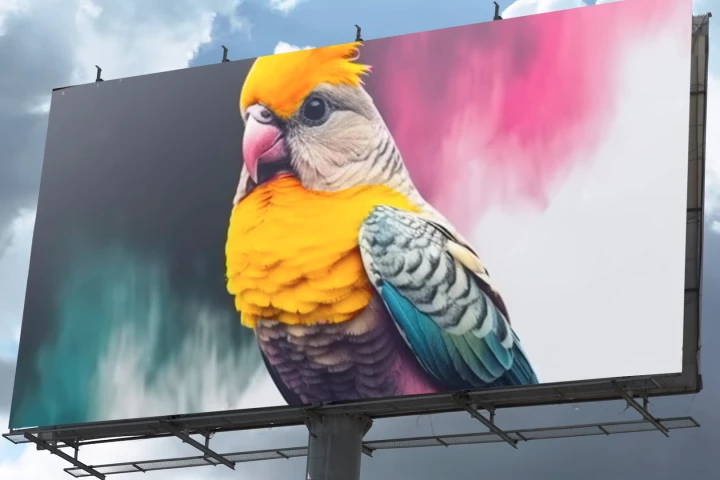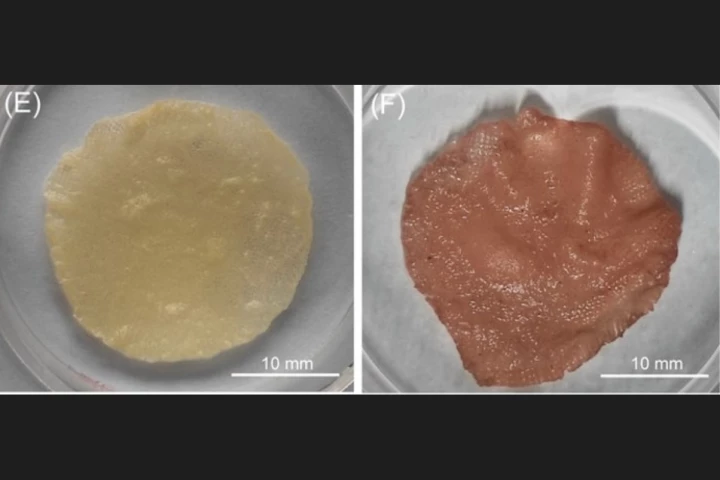Inks
-
A consortium of researchers from four European countries is developing a way to tattoo microbes on the exterior of buildings. These "living tattoos" will be able to suck carbon out of the air, protect the buildings, and even make them glow.
-
Imagine having a picture on your wall that completely changes when the room gets too warm. Engineers at MIT have created a new printing technology called Thermochromorph to make full-color images that switch in response to temperature.
-
Analyzing tattoo inks from US manufacturers, researchers have found that 90% contained ingredients that weren’t listed on the label. The findings highlight the need for tighter manufacturing regulations around tattoo inks.
-
A new light-activated ink can change color on demand. It’s made up of colored microbeads that rise in response to different wavelengths of light to change a surface color, which could be useful for new displays or active camouflage systems.
-
Although great strides are being made in the field of lab-grown meat, the stuff is still quite expensive to produce. A new 3D-printing ink could help, while also making use of agricultural waste that would otherwise be discarded.
-
New research presented at the fall meeting of the American Chemical Society, analyzing nearly 100 currently used tattoo inks, found many inks contained chemicals not declared on their ingredient list, and at nanoparticle sizes suspected to be harmful.
-
A group of Polish entrepreneurs claim to have developed a pen that writes in almost any color, in the form of the Artera.
-
For some people, one of the more challenging aspects of painting involves mixing off-the-shelf paint colors together in order to get the exact shades that they want. If you're such a person, then Picolor may be for you.
-
Tattoos are fast becoming more than just a means of self-expression: soon they could be fitted with practical applications. Now, a team from Harvard and MIT has developed a smart ink that could make for tattoos that monitor biometrics like glucose levels, and change color in response.
-
There's a lot of carbon in automobile exhaust. Carbon is also used as a pigment in black ink. The guys at Singapore-based Graviky Labs have combined the one with the other, by harvesting carbon from vehicles' tailpipes to make their own eco-friendly AirInk.
-
While most of us may not give much thought to the dyes used in color inks, they are in fact often quite toxic. That's why scientists have developed a more eco-friendly alternative – a non-toxic ink that produces different colors by altering the nanostructure of the material to which it's applied.
-
Living Ink adds a "time-lapse" element to artwork by bringing print to life when exposed to sunlight. Once applied to paper, the ink takes one or more days to show up, and needs to be put in a portable greenhouse to "grow" the ink.
Load More











